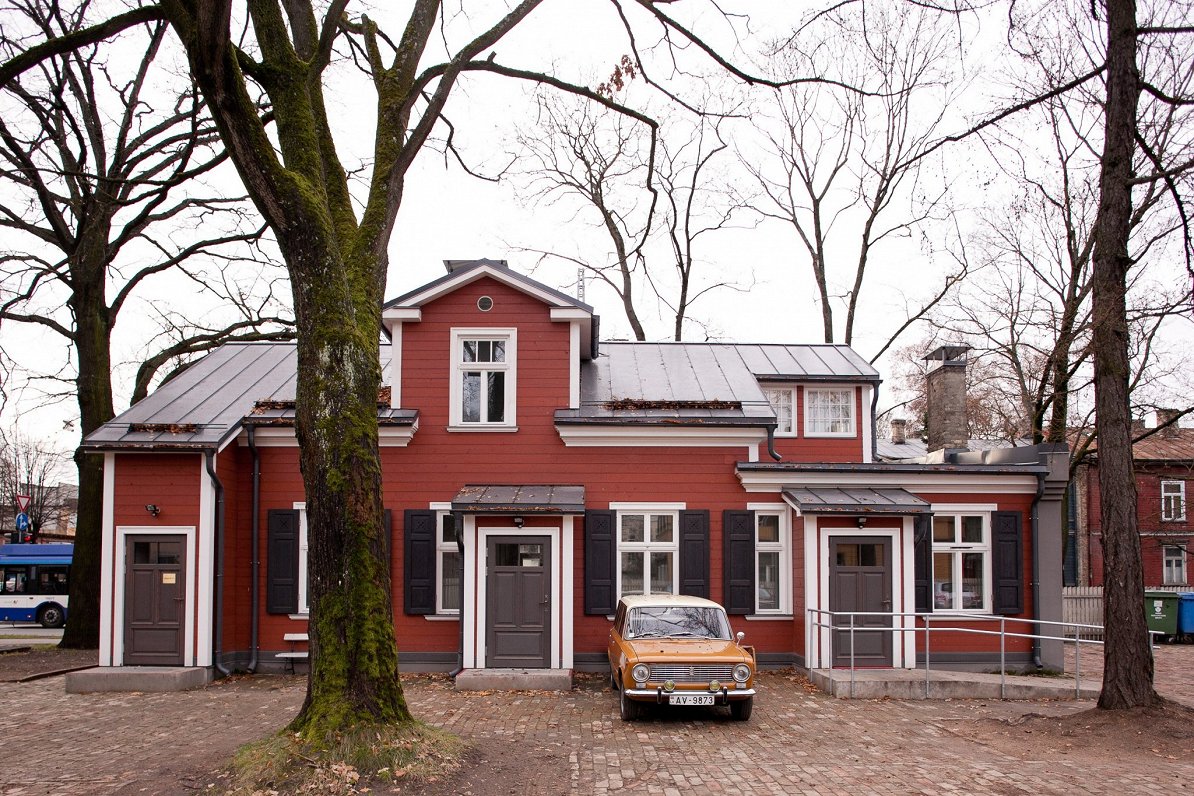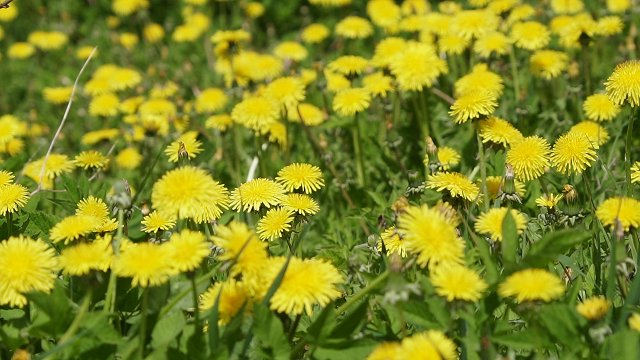To be or not to be - to demolish or restore. This dilemma comes into play with many historical buildings - in the case of Kalnciema Street, it is not just one building but an entire row, street, block. The transformation of Kalnciema Street is like a folk tale about a poor orphan waiting for the prince. A few years pass - and everyone's forgotten the ragged orphan with the bare feet and tangled hair.
People have also been quick to forget their own deprecating attitude towards the wooden buildings on Kalnciema Street - which not that long ago were called doghouses.
The prince on a white horse, who put a new dress on the ragged Kalnciema Street, turned out to be Latvia's ex-president Vaira Vīķe-Freiberga. The role of the former president in the revival of historic Kalnciema Street buildings was told to LSM by architect and founder of the association "Latvia Nostra", Zaiga Gaile.
Looking back at the stormy history of nearly 30 years of independent Latvia, it is possible that the 30 historic buildings of Kalnciema Street were rescued by the NATO summit in Riga in 2006. In preparation for the High Level Leaders Forum in Riga, the President of Latvia, Vaira Vīķe-Freiberga, made an unexpected statement:
“Please do something with those dilapidated old wooden houses on Kalnciema Street! Either tear them all down, or I'll take a brush and bucket and go paint them!
Kalnciema Street is an icon for Riga! Since the ancient gravel road from Riga to Kurzeme has been transformed into a major traffic highway connecting the Riga International Airport with the historic center of the capital, anyone arriving in Latvia by air must pass by the historic set of wooden houses. "
Following this announcement, a public-private partnership cooperation model was created, involving the Riga City Council, the Ministry of Culture, the Ministry of Defense, the National Heritage Board and the association “Latvia Nostra”. In the same year, the object was granted the status of an urban monument of national importance. Soon, targeted and controlled renovation work was carried out, and Kalnciema Street became unrecognizable. This change, first of all, clearly altered many people's perceptions of the value of wooden architecture and, secondly, encouraged citizens to continue to rebuild their properties.
Kalnciema Street was set up in place of an ancient traffic road leading into the city from Kurzeme. The street was first mentioned in 1778. Most of the remaining wooden buildings are examples of late classicism-style buildings of the second half of the 19th century and early 20th century, designed by prominent architects of their time. The enchantment of the place lies in the traditional way of life, where quiet green gardens with old trees and farm buildings are hidden behind the front facades of the street.
Now that fourteen years have passed since the historic NATO summit, Kalnciema Street has surpassed only a decorative facade function. It has grown and developed harmoniously, becoming an organic part of the city's construction culture. The block is full of life, and it cannot be overcome by artificial finesse. On the contrary, a dose of coziness can be felt even when an endless stream of machines is rushing to Jurmala and the airport. Sit in peace and feel good.
Publication developed in cooperation with the National Heritage Board.






























